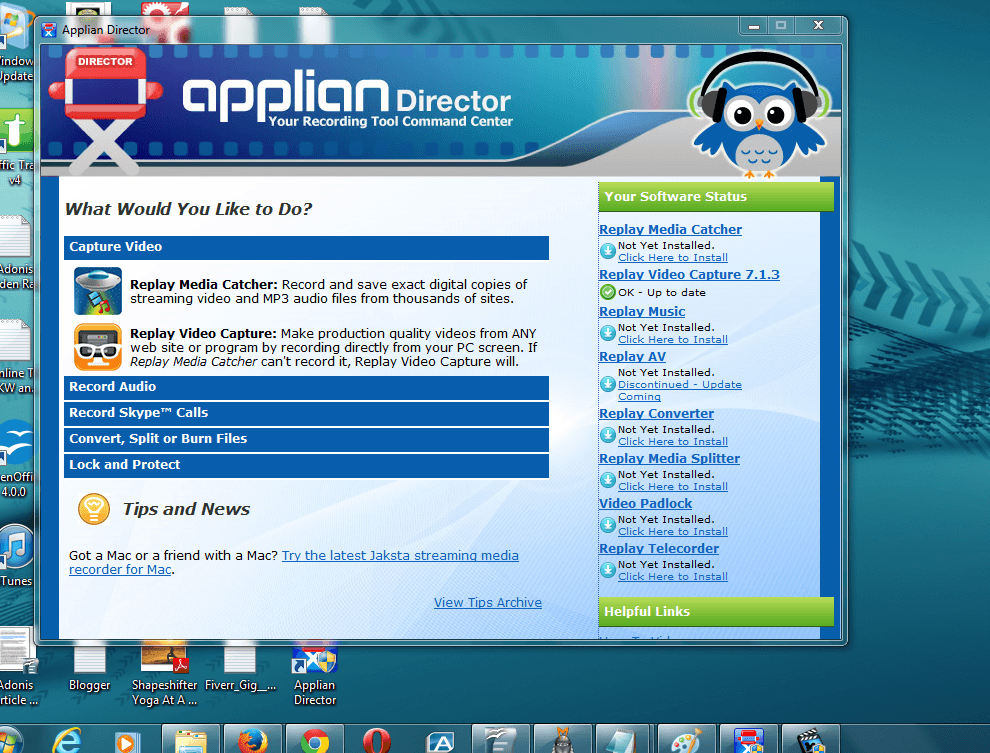

These parameters include mic preamp gain, and thanks to its 'Auto-Sens' technology, the Studio Capture will even set gain levels for you if you ask it nicely. Apart from the volume knobs that control the main monitor output and the two headphone outs, every parameter can be adjusted either from the front panel or from the attached computer, and stored and recalled for later use. Like the Octa Capture, the Studio Capture is almost entirely digitally controllable. It's not only in matters of I/O count that Roland are innovating. Drawing on their popular Octa Capture which, as the name suggests, did offer eight analogue ins and outs, the Studio Capture packages 16 analogue inputs and eight outputs, along with S/PDIF and MIDI I/O, into a smart and compact box. Roland are the latest manufacturer to break out of this particular mould with the new Studio Capture. Although there are a few that adhere to the established eight-in/eight-out format, there are also plenty that don't conform. These days, more manufacturers are moving to USB2 as a connection protocol, and it's striking how much more diverse the resulting products have become. I've lost count of the number of Firewire interfaces I've used that have eight mic inputs, eight or 10 line outputs, and a bank or two of ADAT digital channels for expansion. When Firewire established itself as the de facto standard for multi-channel audio interfaces a few years ago, there was a strong tendency towards uniformity in the products that rival manufacturers developed - perhaps because most of them were using the same handful of different chip sets. The Roland Studio Capture offers a very generous amount of analogue I/O and an unusually high level of digital control.


 0 kommentar(er)
0 kommentar(er)
